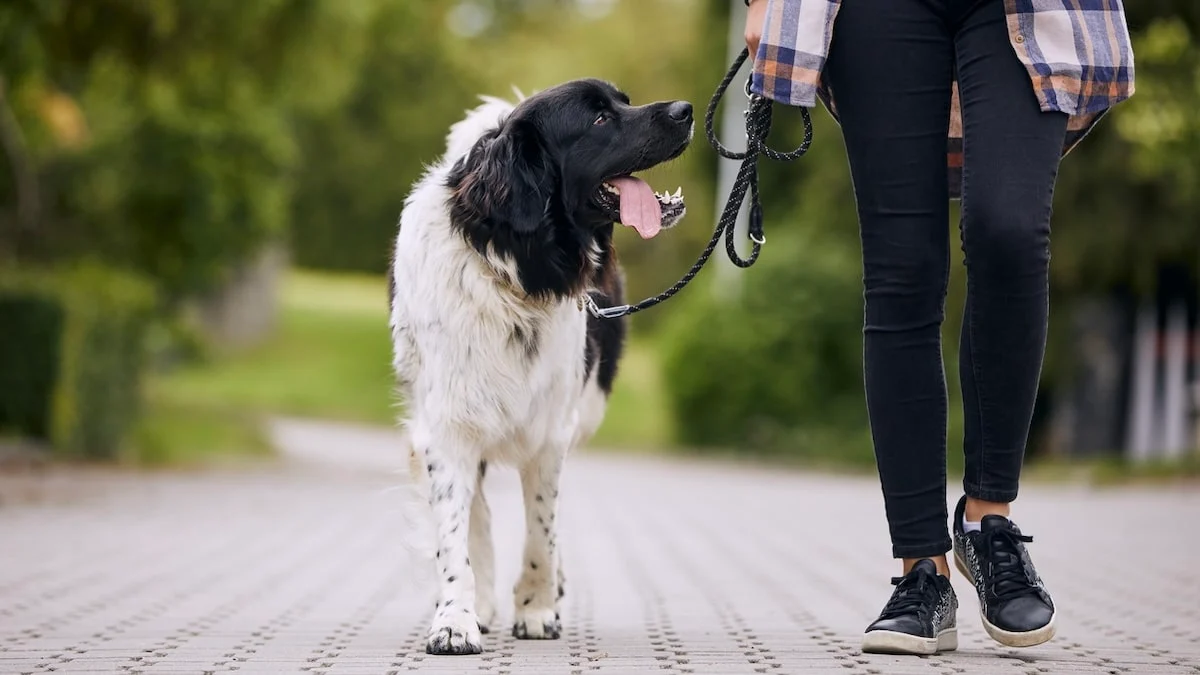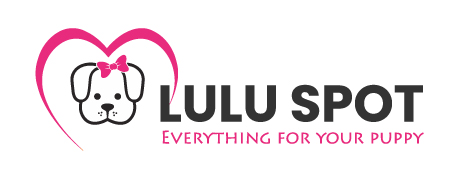Bringing home a new puppy is one of the most joyful experiences. But along with the cuddles and playtime comes an important responsibility: teaching your puppy how to walk on a leash.
Leash training isn’t just about obedience; it’s about safety, bonding, and ensuring every walk is enjoyable for both you and your furry friend.
At Lulu Spot, we know the right gear makes all the difference. That’s why we’ve designed high-quality, durable, and stylish leashes to make puppy training stress-free.
In this guide, you’ll learn practical leash training tips, how to solve common challenges, and which leashes are best for your puppy’s unique needs.

Why Leash Training Matters
Leash training is one of the first skills every puppy should learn. Here’s why it’s so important:
- Safety: Prevents your puppy from running into traffic, chasing other animals, or getting lost.
- Discipline: Teaches your puppy self-control and patience.
- Bonding: Daily walks strengthen your relationship and trust.
- Better socialization: Walking calmly on a leash helps puppies get used to people, other dogs, and new environments.
- Healthy habits: Regular walks encourage exercise, mental stimulation, and good behavior.
What You Need Before You Start
Before you begin leash training, it’s essential to have the right gear.
- Collar or Harness – A well-fitted collar or harness ensures your puppy’s comfort and prevents injury.
- The Right Leash – Choose a leash based on your puppy’s size and personality:
- Dog Lead Black – strong, classic, and perfect for everyday use.
- Dog Lead Pink – lightweight, durable, and stylish for small to medium puppies.
- Retractable Leash – gives freedom while keeping control, great for curious pups.
- Treats & Rewards – Positive reinforcement makes training fun and effective.
- Patience – Puppies learn at different speeds, so consistency is key.
Explore Collars, Leashes & Harnesses at Lulu Spot to get started.
Step-by-Step Puppy Leash Training
Step 1: Introduce the Leash Indoors
Let your puppy wear the leash around the house to get used to the feeling. Keep sessions short and positive.
Step 2: Reward Calm Behavior
Whenever your puppy walks beside you without pulling, reward them with a treat or praise. This builds positive associations.
Step 3: Start Short Outdoor Walks
Begin in a quiet, low-distraction area. A reliable option like the Dog Lead Black or Dog Lead Pink helps you maintain control.
Step 4: Handle Pulling Gently
If your puppy pulls forward, stop walking. Wait until they return to your side before continuing. Patience and consistency are vital here.
Step 5: Add Variety
Once your puppy is comfortable, introduce short walks with a Retractable Leash to give them a little more freedom while still staying safe.
Step 6: Build Duration Gradually
Increase the length of walks slowly. Avoid overwhelming your puppy with too many distractions too soon.
Common Leash Training Challenges & How to Fix Them
- Puppy refuses to walk or sits down
→ Encourage them with treats and a cheerful voice. Avoid dragging the leash. - Excessive pulling
→ Stop walking each time they pull. Use a no-pull harness if needed. - Chewing the leash
→ Distract with toys or treats. Use a strong leash like the Dog Lead Black that can withstand chewing. - Overexcitement around people or dogs
→ Practice “sit” and reward calm behavior before continuing the walk.
Advanced Leash Training Tips
Once your puppy understands the basics, you can take leash training to the next level:
- Teach commands like “heel,” “sit,” and “stay close.”
- Train at different times of day to expose your puppy to new environments.
- Be consistent every family member should follow the same leash rules.
- Use leash time as a way to reinforce obedience and discipline.
Best Leashes for Different Puppy Personalities
Every puppy is unique, and so are their leash needs:
- The Adventurer: Loves to explore → Retractable Leash is perfect.
- The Fashion Pup: Small, stylish breeds → Dog Lead Pink.
- The Strong Puller: Energetic breeds → Dog Lead Black for durability and control.
Shop the complete Collars, Leashes & Harnesses Collection to find the right match for your puppy.
Post-Walk Routine
After each walk, make it a habit to:
- Reward calm behavior once home.
- Check your puppy’s paws for debris or cuts.
- Inspect your leash for wear and tear.
- Store leashes neatly for the next adventure.
Frequently Asked Questions
1. When should I start leash training my puppy?
Most experts recommend starting as early as 8–10 weeks old.
2. Should I use a collar or a harness?
Harnesses are better for puppies that pull, as they reduce strain on the neck. Collars are fine for calm walkers.
3. How long should training sessions last?
Keep sessions short—5 to 10 minutes at first, then gradually increase.
4. How do I stop my puppy from pulling?
Consistency is key. Stop walking each time they pull, and only continue once they calm down.
5. What’s the best leash length for beginners?
A standard 4–6 ft leash (like the Dog Lead Black) is perfect for beginners.
Final thoughts
Leash training your puppy takes patience, but with the right approach and quality gear, you’ll enjoy stress-free walks in no time. Start small, reward progress, and always prioritize your puppy’s comfort and safety.
At Lulu Spot, we make puppy training easier with durable, stylish, and functional leashes designed for every personality. Whether you choose the Dog Lead Black, the Dog Lead Pink, or the Retractable Leash, you’ll find the perfect companion for your puppy’s walking journey.
Ready to transform your walks? Shop our complete Collars, Leashes & Harnesses collection today and give your puppy the best start!
